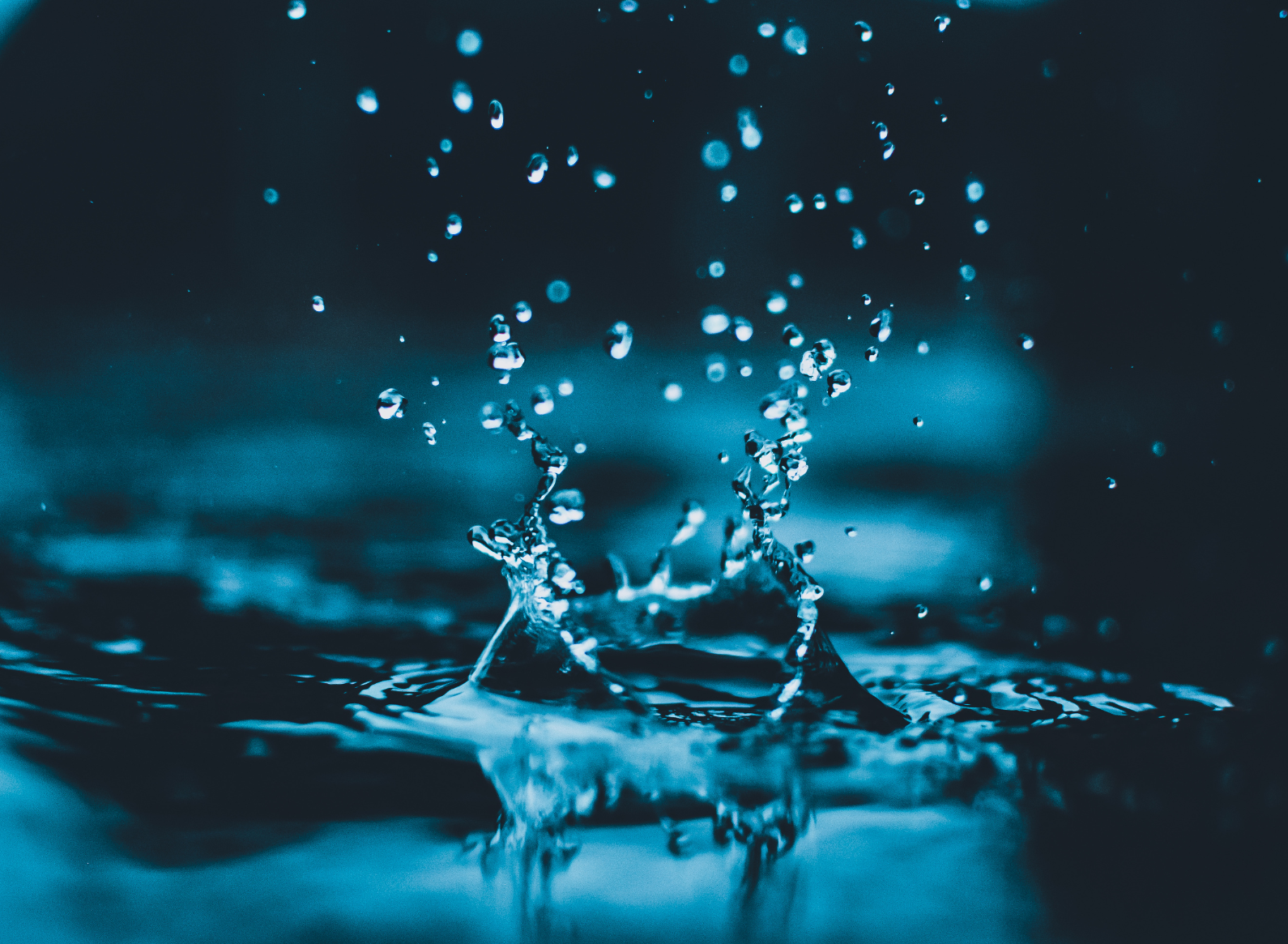ACC on water: smooth and responsible management of water

On the occasion of World Water Day 2025, celebrated on 22 March, attention is focused on a crucial subject: the preservation of glaciers. This year, the UN is highlighting the melting of glaciers, a phenomenon that not only threatens the global water balance but also contributes to rising water levels. The rapid melting of glaciers is one of the main causes of rising sea levels, a phenomenon that is accelerating with global warming. In 2024, the hottest year on record, sea levels rose more significantly than expected, highlighting the urgency of addressing this issue.
Only 2.8% of the water on earth is fresh water, two-thirds of these fresh water resources are frozen in the ice caps and unusable, and only 0.7% of fresh water is available for human activity.
This essential resource faces challenges:
1. Climate change is changing the natural water cycle, with more frequent periods of drought and an uneven redistribution of rainfall.
2. Human activity - pollution, urbanisation, intensive exploitation - also influences the availability and quality of water.
In this context, efforts to preserve glaciers and manage water sustainably are more necessary than ever.
At ACC, on the Billy-Berclau Douvrin site, and although our consumption remains significant, good water management is one of the key aspects of our environmental policy.
When the Billy-Berclau gigafactory was created, we committed to minimising its environmental impact by efficiently using water from the Aire canal in la Bassée, located in the immediate vicinity of the site for our industrial needs, while limiting drinking water consumption to sanitary needs only. In addition, studies are being conducted to explore wastewater recovery and rainwater reuse, in order to reduce withdrawals from the canal and preserve this essential resource for future generations.
Let's dive into the subject with Laure Wolff, Environment Manager at ACC.
Water, a precious resource. But what use does ACC make of it?
ACC uses water for a variety of applications:
1. Manufacturing process: Preparation of inks and composition of negative ink.
2. Cooling and heating: Use for mixers and steam production.
3. Sanitary needs: Washbasins, showers, cleaning.
4. External fire protection: Sprinklage.
The water comes mainly from the Aire canal in la Bassée for industrial needs and from the public drinking water network for sanitary needs. No direct extraction from groundwater is carried out.
What is the Gigafactory's water consumption? And what are the forecasts for tomorrow?
A responsible approach to water management from the moment the Gigafactory was created has enabled its consumption to be kept well below initial forecasts. In 2024, ACC used 119,747 m³ of industrial water (i.e. 119.7 million litres or the equivalent of 24 Olympic swimming pools). A volume 53% lower than the volumes projected in the impact study carried out before the construction of the gigafactory.
Similarly, 7,881 m³ of drinking water was used, i.e. 39% of expected consumption (the equivalent of the average consumption of 145 people for one year).
By comparison, our projected water consumption for Blocks 1 and 2, at full capacity, is estimated at 458,400 m³/year (or 458 million litres) of canal water and 40,000 m³/year of drinking water (or 40 million litres per year, equivalent to the average annual consumption of 731 people).
To put this into perspective with other industries, the industrial water consumption of an automobile manufacturing plant is often 5 to 10 times higher than ours, which highlights our efficiency in the management of this precious resource
Water, a resource to be used intelligently
ACC takes a responsible approach by using canal water to limit drinking water consumption to sanitary needs only. High-efficiency water treatment facilities are favoured to minimise water loss. The adiabatic towers installed, for example, have reduced the projected water consumption of Block 1 by 30%. Preventive maintenance is applied to avoid leaks.
ACC also takes measures to prevent pollution:
1. Rainwater is treated before being discharged into the natural environment.
2. Wastewater is treated according to its characteristics, with regular monitoring of groundwater to avoid any risk of pollution.
In 2025, studies will be conducted to explore the recovery of wastewater and the reuse of rainwater, in order to reduce withdrawals from the canal.
Water management at ACC, as at the Billy-Berclau Douvrin site, is one example among others of how ACC is committed to the environment, with real efforts to minimise the impact on this essential resource. However, effective water management is not enough. Global warming, which profoundly affects the availability and quality of water, cannot be addressed solely through this prism. Reducing greenhouse gas emissions is a fundamental aspect of combating climate change, which is causing glaciers to melt and sea levels to rise.
ACC is also committed to this path by taking its own carbon footprint seriously. In 2025, we plan to publish our first full carbon footprint, an important step towards transparency and reducing our environmental impact. This report will be the subject of a future article, but it underlines ACC's commitment to combating climate change through a comprehensive approach, combining water management and reducing greenhouse gas emissions, and to navigating towards a sustainable future!